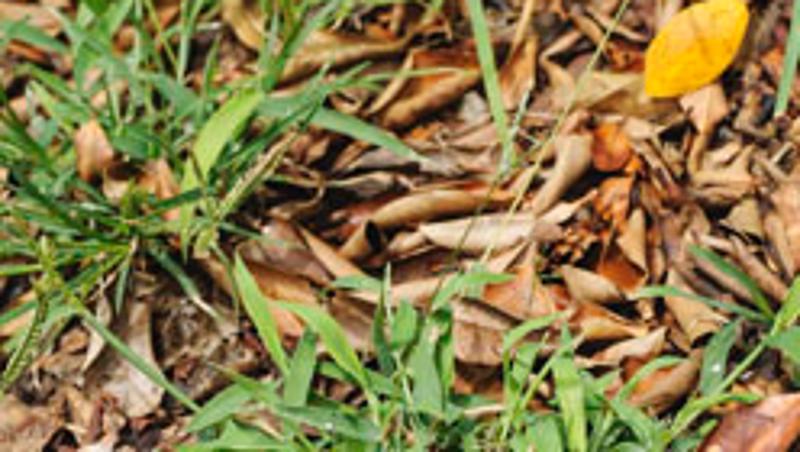
Findings from a global study led by a new QUT ecologist have overturned a widely held assumption on the spread of invasive plants and offer the potential to improve biosecurity screening and better protect grasslands.
Dr Jennifer Firn from Queensland University of Technology (QUT) collaborated with 35 scientists in 39 locations throughout the world to test the "abundance assumption" about the spread of introduced herbaceous plants such as grasses, thistles and dandelions in grasslands.
Their findings have been published in the prestigious journal, Ecology Letters, and could be an important tool for biosecurity authorities when assessing applications to introduce new plants for nurseries, agriculture or other practical uses.
"For years it was assumed that introduced plant species grew more abundantly in their new environment than in their native one because their behaviour changes in the new environment," Dr Firn said.
"Invasive plants are those that are 'declared weeds' - they can lead to a loss of biodiversity of native plants and thus disrupt the ecosystems.
"But little is known about why some introduced species dominate their new habitat to the detriment of the native plants which, technically, should have the 'home advantage'."
Dr Firn said the research team had field-tested 26 plant species commonly found in grasslands in both their native and introduced habitats in 39 locations on four continents to see if they flourished more in their new environment.
"We found the abundance of a plant in its native habitat in most cases could predict its abundance in an introduced site. The plants may still behave differently at introduced sites, but their abundance is not necessarily higher than in their native range," she said.
"This means that if a highly dominant species has 70 per cent abundance in its native environment it will be around 70 per cent in its new one. It's the same for a species with 10 per cent abundance in its native area."
Dr Firn said the study also found that plants tended to group together in both their native and introduced area.
"We found sites in Switzerland and New Zealand shared up to 10 species and created similar 'communities' in each country," she said.
"This finding makes it possible for biosecurity authorities to make better predictions concerning the potential abundance of a new introduced species if it should 'escape' into the wild."
Dr Firn belongs to a global scientific collaboration called the Nutrient Network, which is the only collaboration of its kind in which individual researchers have set up the same experiment at sites around the world. It is coordinated through the US-based National Science Foundation's funding to biologist Elizabeth Borer and Eric Seabloom of the University of Minnesota.
Media contact: Niki Widdowson, QUT media officer, 073138 1841 or n.widdowson@qut.edu.au


